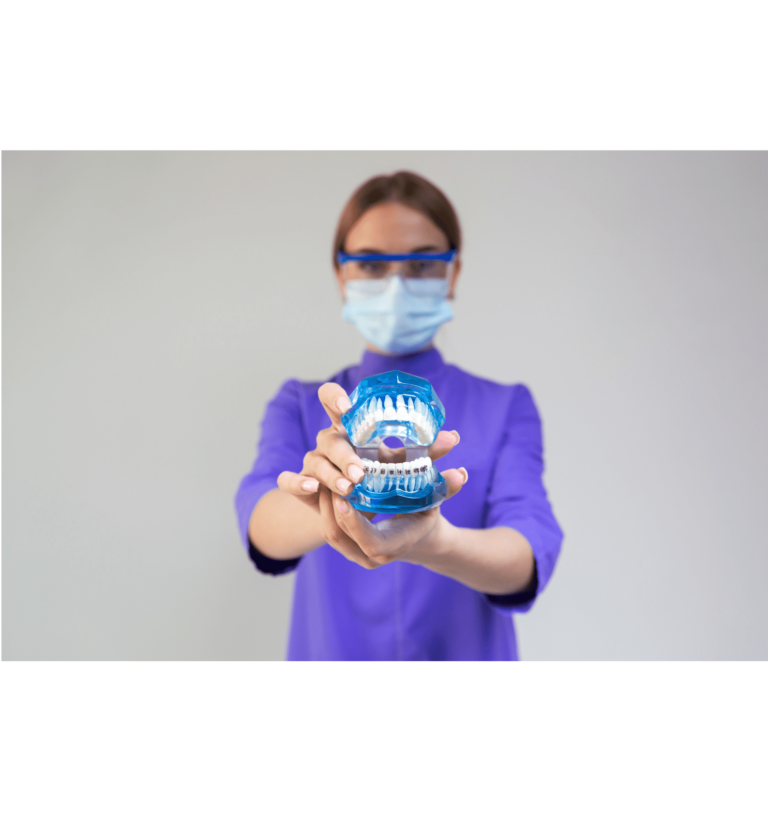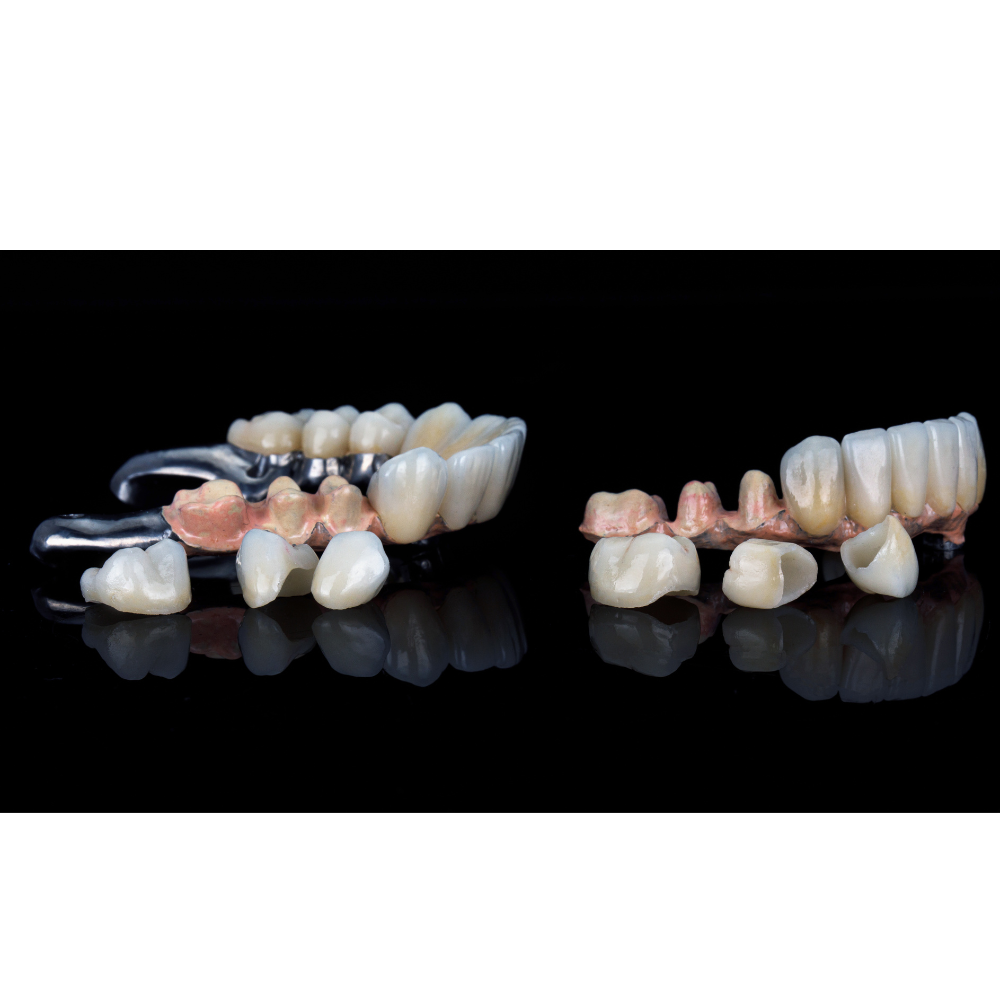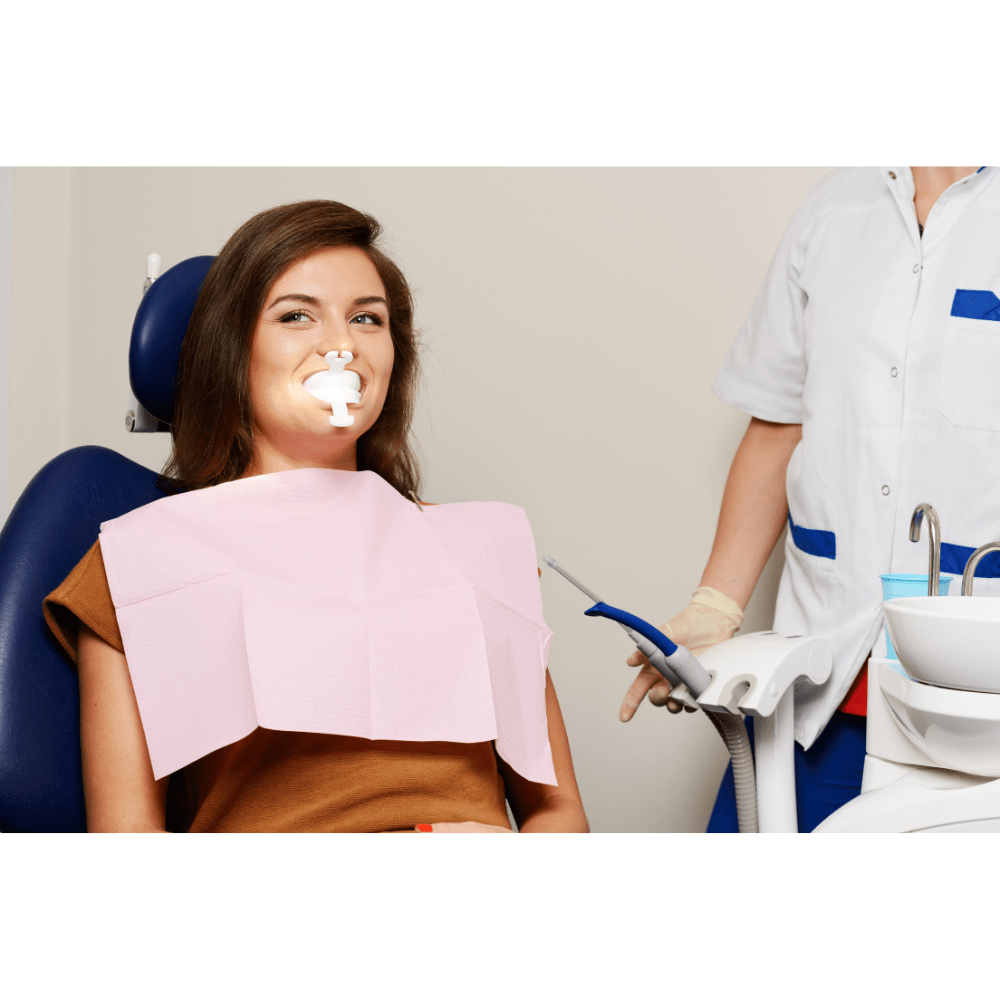Get to Know About New Technology Dental Braces
The recent advances in orthodontics have seen many advancements with the introduction of new orthodontist technology in dental braces. Dental alignment issues can be treated more effectively, comfortably, and aesthetically with these innovations. We will discuss the various aspects of new technology dental braces including the role of technology, the latest braces for teeth, and the difference between old and new technology. As a result, you will receive comprehensive information about your orthodontic treatment so that you can make an important decision.
What is Included in New Technology Dental Braces
Here are some of the top innovations in braces technology:
Clear, Invisible, and Self-Ligating Braces
Modern braces for teeth offer more discreet and comfortable options compared to traditional braces. Self-ligating braces eliminate the need for elastic bands which reduces friction and discomfort. Clear braces and aligners like Invisalign are less noticeable, and even traditional metal braces have become sleeker and more comfortable.
3D Printing in Clear Braces
3D printing has significantly impacted the production of clear braces. This technology automates and streamlines the manufacturing process which allows for highly customized aligners tailored to each patient’s dental anatomy. The precision of 3D-printed aligners improves treatment outcomes, reduces discomfort, and minimizes complications.
CBCT Scanning
Dental X-rays provide only two-dimensional views of dental structures, but cone beam CT scanners offer detailed, three-dimensional images of the jaw, skull, and oral cavity. This advanced imaging allows orthodontists to examine dental issues from various angles which leads to more accurate diagnoses and customized treatment plans.
Customized Smile Design
Orthodontists can now create custom-designed smiles for each patient using 3D planning software in modern braces for teeth. This orthodontist technology takes into account an individual’s dental and facial features which allow patients to see a preview of their post-treatment smile.
Digital impressions and 3D models of the teeth enable orthodontists to craft wires and brackets that fit precisely to a patient’s unique needs.
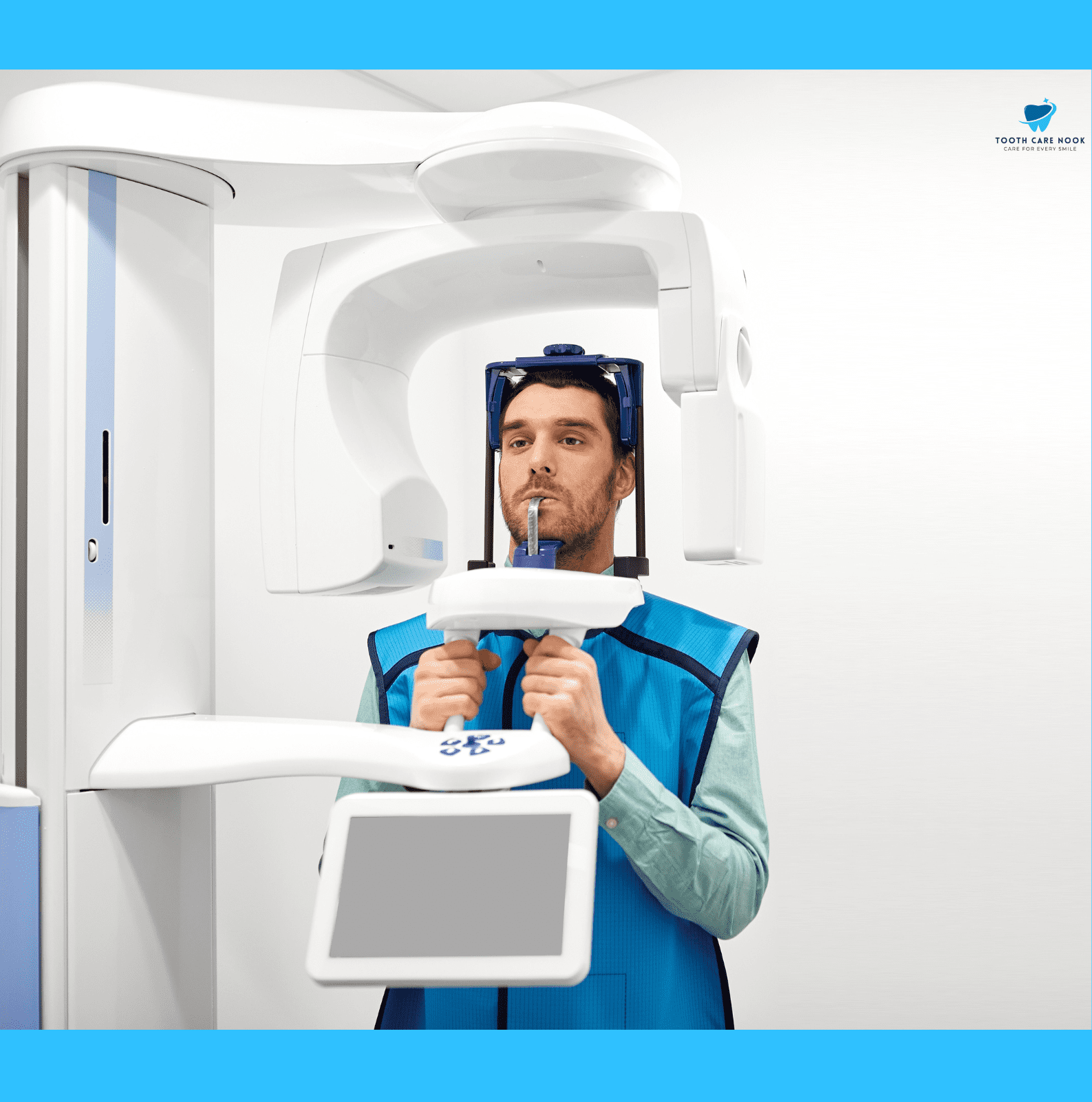
Role of Technology and Innovation in the Dental Field
Enhanced Diagnostics
3D imaging and CBCT scanning provide detailed, three-dimensional views of dental structures which improves diagnosis accuracy.
Improved Treatment Planning
3D planning software enables custom-designed orthodontic treatments and previews of post-treatment outcomes.
Advanced Orthodontic Solutions
Clear aligners Invisalign and similar products offer nearly invisible teeth straightening options.
Efficient Restorative Procedures
3D printing streamlines the creation of custom aligners, dental models, and surgical guides.
Enhanced Patient Experience
Digital impressions provide more accurate and comfortable dental molds compared to traditional putty impressions.
Innovative Prosthetics
Smart toothbrushes Use sensors and connectivity to ensure proper brushing techniques and track oral health metrics.
New Technology Braces vs Traditional Old Metal Braces
| New Technology Braces | Traditional Old Metal Braces |
| New technology dental braces are less noticeable | Highly visible metal brackets and wires |
| Custom-fitted | Standard sizes and fittings |
| Often shorter due to advanced orthodontist technology | Typically longer treatment times |
| Generally, costs are higher due to advanced materials | Lower initial cost as compared to new technology dental braces |
| Removable options for easier cleaning | Fixed, requires meticulous cleaning around brackets |
What are the Latest Braces for Teeth
Here are some of the latest braces for teeth:
Invisalign
Invisalign uses custom-fitted trays that patients wear for about two weeks each, progressively moving teeth into ideal positions. They provide a nearly invisible and comfortable orthodontic treatment that offers flexibility for patients.
SureSmile Aligners
SureSmile aligners are a new type of teeth braces that utilize advanced digital treatment planning to achieve quicker results. This makes them a popular choice for adults seeking efficient teeth straightening.
Lingual Braces
Incognito’s lingual braces are attached to the inner side of the teeth which controls traditional braces without being visible. They are ideal for adults desiring discreet treatment. They are the latest braces for teeth that offer a completely hidden orthodontic solution
Damon Clear Braces
These new innovative braces combine the benefits of self-ligating braces with a clear and less noticeable design. Damon Clear Braces use a slide mechanism instead of elastics. This will allow for freer tooth movement and more comfortable adjustments while maintaining a discreet appearance.
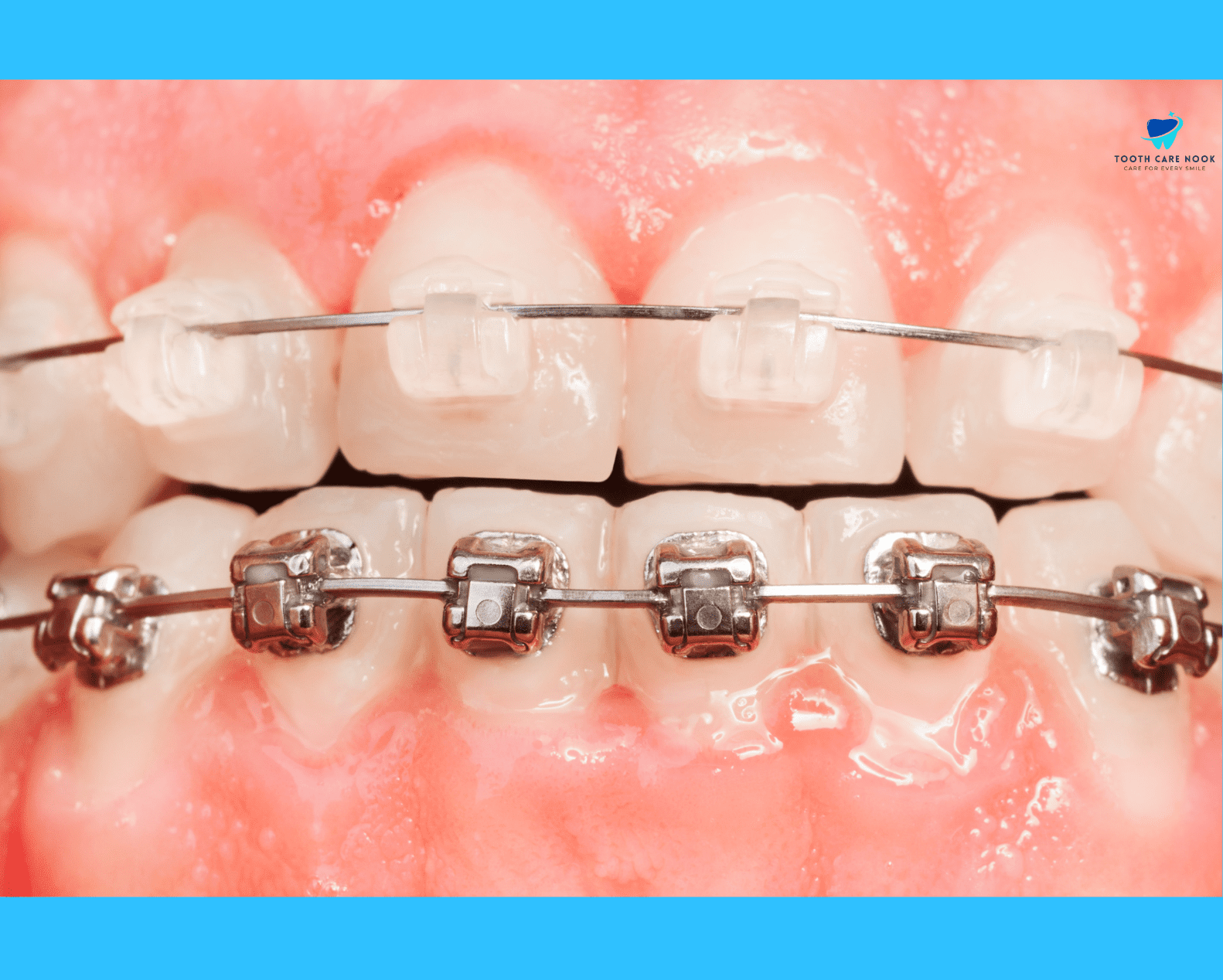
FAQs
Which Braces are Faster?
Invisalign is faster compared to other options. They utilize advanced digital treatment planning, which can lead to shorter treatment durations.
What is the Future of Braces?
There is no doubt that the future of dental braces is bright. With new orthodontist technology and innovative ideas from a new generation of orthodontists, dental care is set to improve even more. As the field evolves, you can expect better results and more effective treatments.
Which are the Most Painful Braces?
Lingual braces are often considered the most painful type of braces. The metal brackets and wires can cause discomfort and irritation, especially during the teeth movement you can feel some pain as they are replaced behind the teeth.
Do Braces Move Your Teeth Every Day?
Yes, braces gradually move your teeth every day. The constant pressure applied by braces, whether traditional metal braces or clear aligners, encourages the teeth to shift into the desired position over time.
How is Life After Braces?
After braces there shouldn’t be any pain or discomfort, many people notice that their teeth feel strangely smooth at first. The smooth sensation can make eating feel a bit odd for a day or two since food does not glide smoothly over the teeth and gums without braces.

